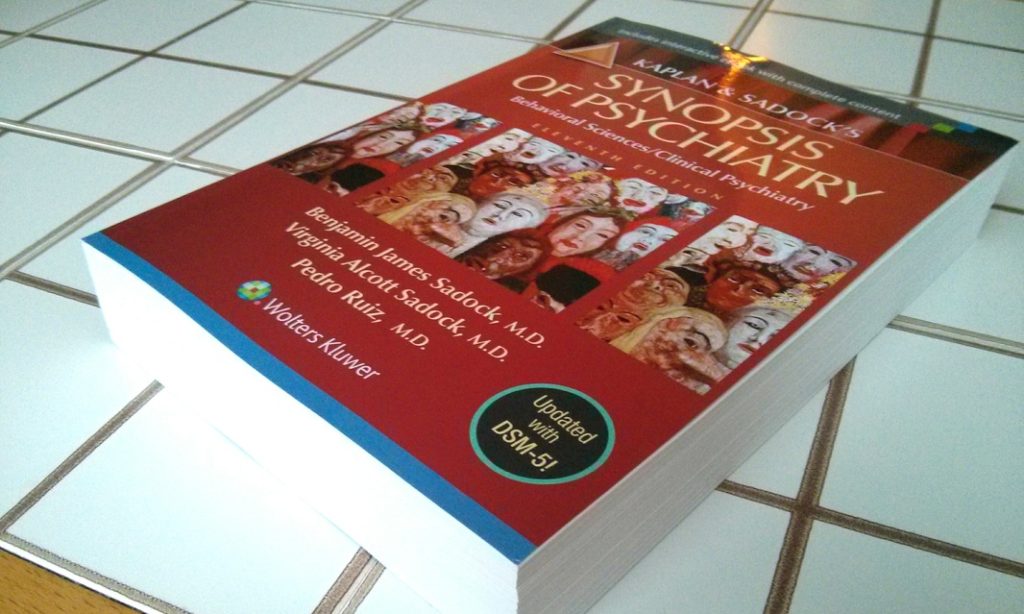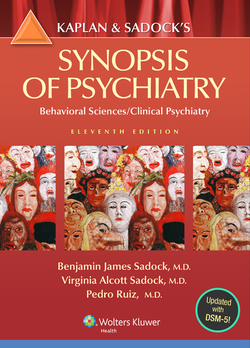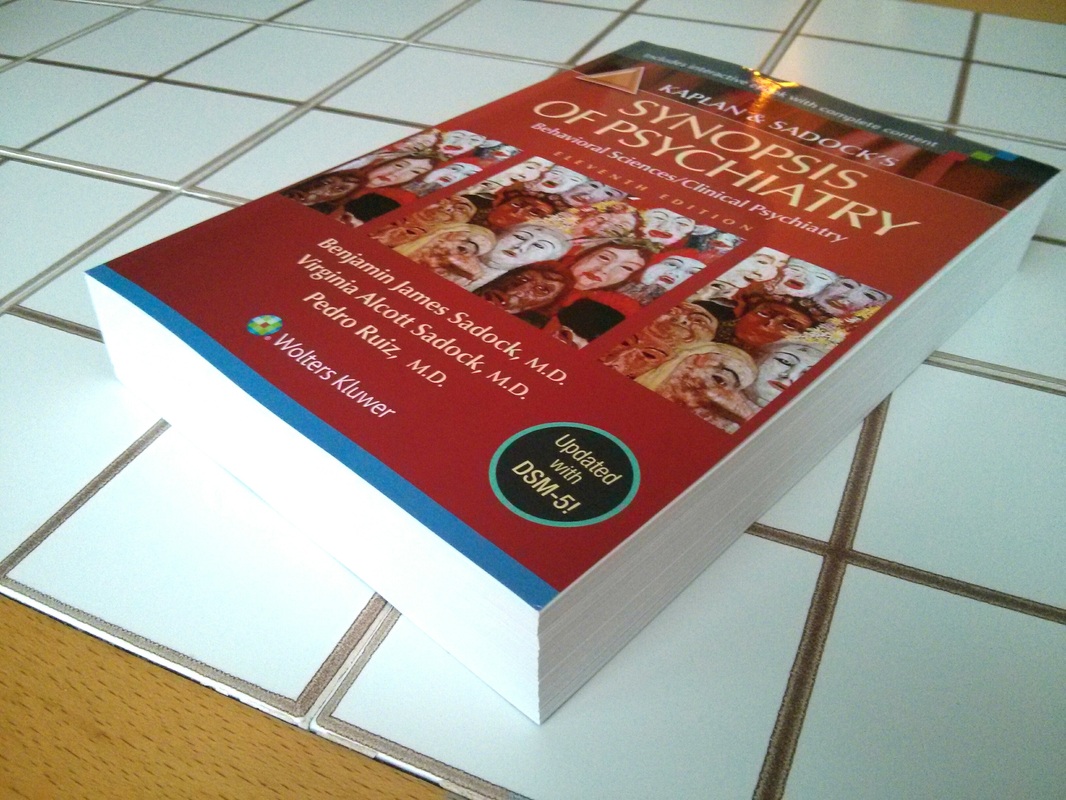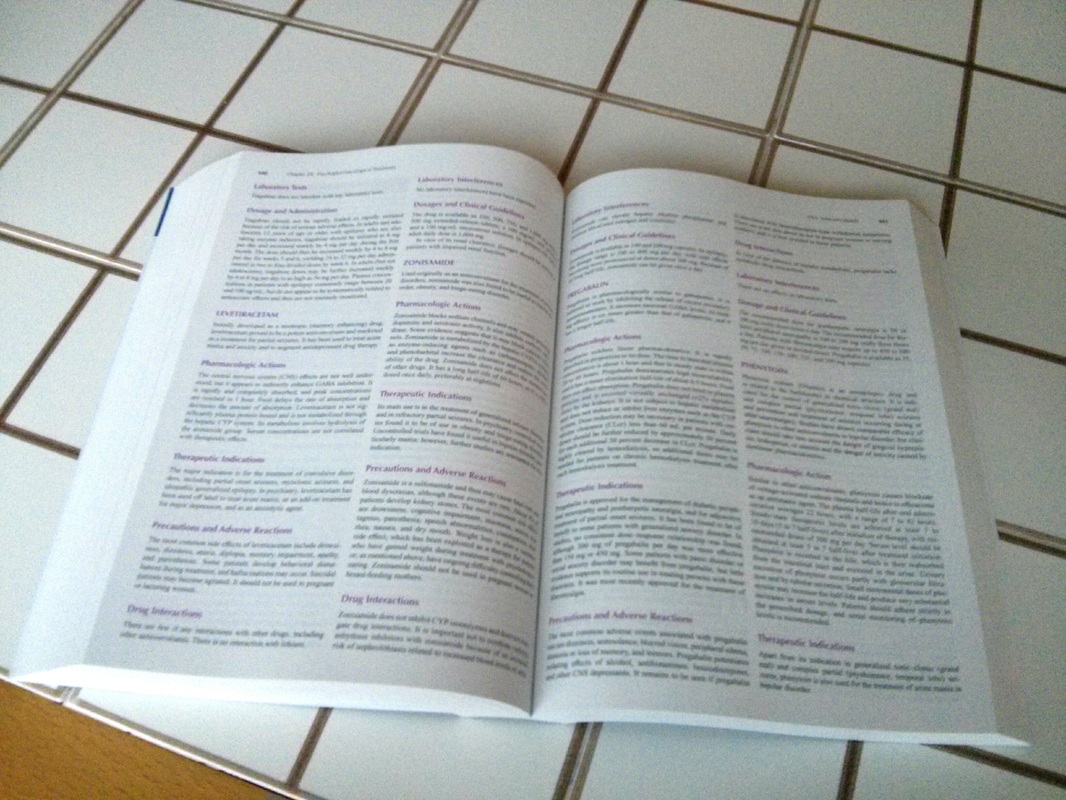Book Review: Synopsis of Psychiatry 11th Edition

 Synopsis of Psychiatry as long been the gold standard of psychiatric textbooks. Walk into most mental health clinician’s offices and this sits on their book shelf. My alma mater used the 10th edition of this book throughout the entire program.
Synopsis of Psychiatry as long been the gold standard of psychiatric textbooks. Walk into most mental health clinician’s offices and this sits on their book shelf. My alma mater used the 10th edition of this book throughout the entire program.
I recently developed a psychiatry program for a local university and was selecting the foundational textbook. I went about comparing this book with Black’s (2014) Introductory Textbook of Psychiatry, Hale’s (2014) The American Psychiatric Publishing Textbook of Psychiatry, and Gabbard’s (2014) Treatments of Psychiatric Disorders. While Black, Gabbard, & Hale all offer something unique, this book by far provides the most in-depth and comprehensive overview of the field of psychiatry. This book is also priced similarly or cheaper than the books noted above. In the end, I stuck with Synopsis of Psychiatry.
The downside to this book is that it is very heavy with 1400+ pages. The text is tiny and organized into two columns per page. Sometimes I find it difficult to follow the textual organization on each page. This is likely not a book you will read cover to cover. The only colored images are of different medication pills at the front of the book. The rest of the book is black, white, and pink. I should note, that the other books I mentioned above are also in greyscale and have far fewer images throughout the text.
Compared with the books mentioned above, Synopsis of Psychiatry provides more detailed historical information about each mental illness and a much more thorough discussion of child and adolescent psychiatry. This book, compared with others, also provides more information about theories of personality and psychopathology and it includes two chapters dedicated to the contributions of psychosocial sciences and sociocultural sciences.
For each mental disorder, this book does include the DSM 5 criteria, history, epidemiology, clinical features, associated symptoms, differential diagnosis, course, prognosis, and treatment options. On the other hand, Gabbard’s text offers a much more detailed analysis of treatment options for each individual disorder.
In the end, this is an excellent foundational and reference textbook. It is bulky, heavy, and difficult to read the tiny text. The paperback version does come with a “free enhanced ebook.” I would recommend using this or the Kindle version and reading the book on your tablet or computer. It lends to a much more comfortable reading experience.
Share on Facebook Share on Twitter Share on Pinterest


0 Comments on "Book Review: Synopsis of Psychiatry 11th Edition"